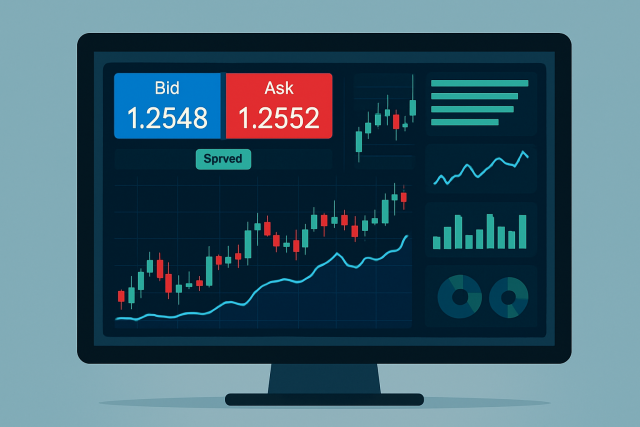
What Is Bid and Ask Spread in Trading?
Understanding the bid and ask spread is crucial for all traders. This guide breaks down the basics,...
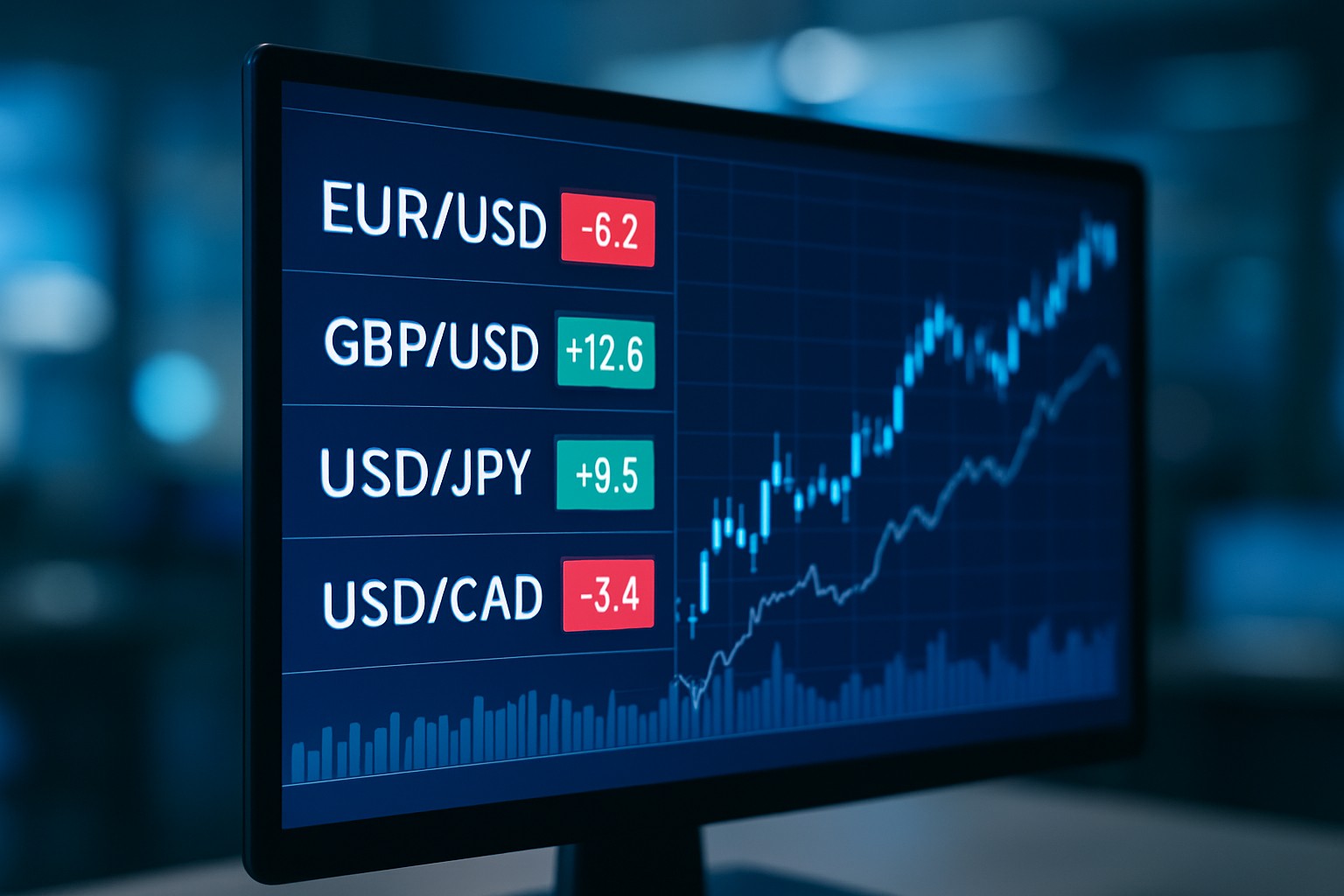
In trading, especially the forex market, getting a good grip on key terms is essential if you want to make smart and informed decisions. One of the first building blocks every trader—whether a newbie or seasoned pro—should understand is the "pip." A pip stands for "percentage in point" or "price interest point" and is the tiniest price change an exchange rate can make. Think of it as the smallest ripple that can move the market’s waters. No matter where you are on your trading journey, knowing what a pip is and how it works is non-negotiable.
A pip is the smallest standard unit used to measure how much the value changes between two currencies in the forex market. Think of it as the cent to a dollar or the inch to a foot—those tiny increments that somehow make the whole thing make sense.
When it comes to trading, pips might seem like just tiny numbers, but trust me, they pack a punch. Understanding pips is kind of like knowing the secret handshake in the trading world—miss it, and you’re a bit lost. These little units are the bread and butter of measuring price changes, and getting a grip on them can really make your trading game that much sharper. Whether you’re a newbie still finding your feet or someone with a few trades under your belt, appreciating what pips represent is pretty vital. After all, it’s often the small things that add up to the big wins (or losses) in the end.
Pips might seem like a small detail but they’re actually the bread and butter for measuring profits and losses as well as price shifts in trading. By putting price moves into pips traders find it easier to size up risk and reward, eyeball market volatility and set solid ground rules for their trades.
Calculating the value of a pip is pretty straightforward. It does shift depending on which currency pair you’re dealing with and how big your trade is. You take the number of pips the price moves and multiply it by your trade size to figure out your profit or loss. Then, if necessary, convert that figure into your account’s base currency.
You want to nail down the pip size for your currency pair—usually it’s 0.0001 for most pairs.
Then figure out your trade size, usually expressed in lots (one standard lot equals 100,000 units).
Multiply the pip size by your trade size to get the pip value in the quote currency.
If your account currency isn’t the same, convert that pip value using the current exchange rate. It’s a small extra step but makes all the difference.
| Lot Size | Currency Pair | Pip Size | Pip Value (USD) | Example Profit/Loss (50 pips) |
|---|---|---|---|---|
| Micro (1,000 units) | EUR/USD | 0.0001 | $0.10 | $5.00 |
| Mini (10,000 units) | EUR/USD | 0.0001 | $1.00 | $50.00 |
| Standard (100,000 units) | EUR/USD | 0.0001 | $10.00 | $500.00 |
| Standard (100,000 units) | USD/JPY | 0.01 | $9.13* | $456.50 |
*Just a heads up—the pip value for USD/JPY can swing a little depending on the exchange rate (we’re rolling with 1 USD = 109 JPY here), so take it with a grain of salt.
Pips are the bread and butter when it comes to measuring price changes but terms like pipettes and points can sometimes throw individuals for a loop. Pipettes are the tiny cousins of pips—they track price moves as small as one tenth of a pip. Points can be a bit slippery since their meaning shifts depending on the market.
Pips are best known in forex trading. Similar little units pop up in other markets like indices, commodities and cryptocurrencies.

A trading terminal screen illustrating pips in forex alongside price increments in commodities and cryptocurrencies
Many new traders often fall into the trap of thinking that pips correspond to fixed dollar amounts or that each pip carries the same value regardless of the currency pair or trade size. I have seen plenty also confuse pips with profits, or assume that calculating pips is always a walk in the park—simple and consistent every time.
A pip is kind of like measuring inches or centimeters—same unit, but its actual value can shift depending on the context and scale you’re dealing with. Getting a handle on this subtle difference can really help traders stay on top of their game and manage their trades with a bit more confidence and control.
Understanding what is a pip in trading can give traders a solid grip on the whole concept, helping them set realistic goals, manage risk with more savvy, and read market movements with newfound confidence.
Are you looking to navigate the dynamic world of cryptocurrency trading with confidence? Coinbase is the platform you need. As a leading exchange, it offers a user-friendly interface, robust security, and a wide range of digital currencies. Unlock the potential of the crypto market with Coinbase.
Are you ready to elevate your trading game? Binance, the leading cryptocurrency exchange, offers a seamless platform for traders of all levels. With its user-friendly interface and powerful tools, you can navigate the dynamic world of digital assets with confidence.
16 articles published
With 20 years of experience in derivatives trading, she specializes in options strategies and volatility trading, known for her innovative approaches to portfolio hedging.
Read Posts
Understanding the bid and ask spread is crucial for all traders. This guide breaks down the basics,...
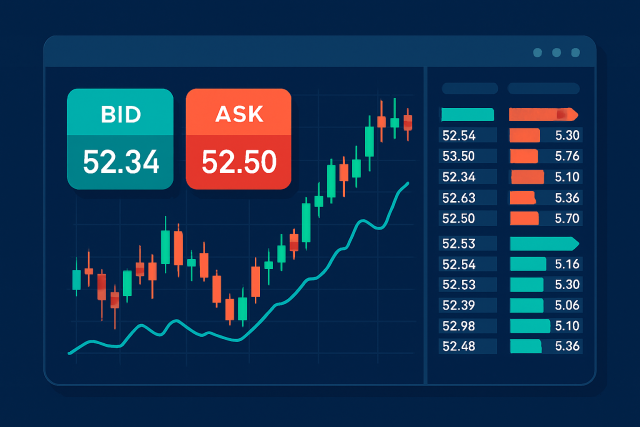
Understanding the key differences between ask and bid prices is essential for confident trading. Thi...
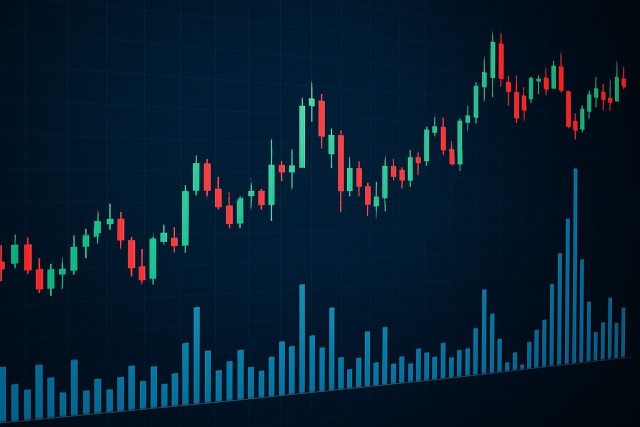
Learn how the True Range indicator captures market volatility and price swings, empowering traders t...
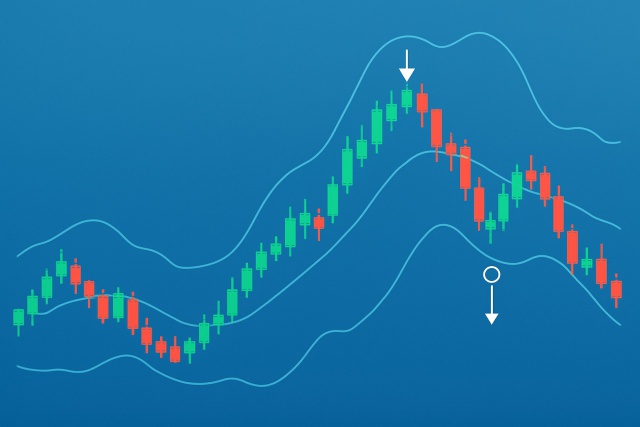
Master trading with Bollinger Bands by understanding volatility, setup patterns, and risk management...
